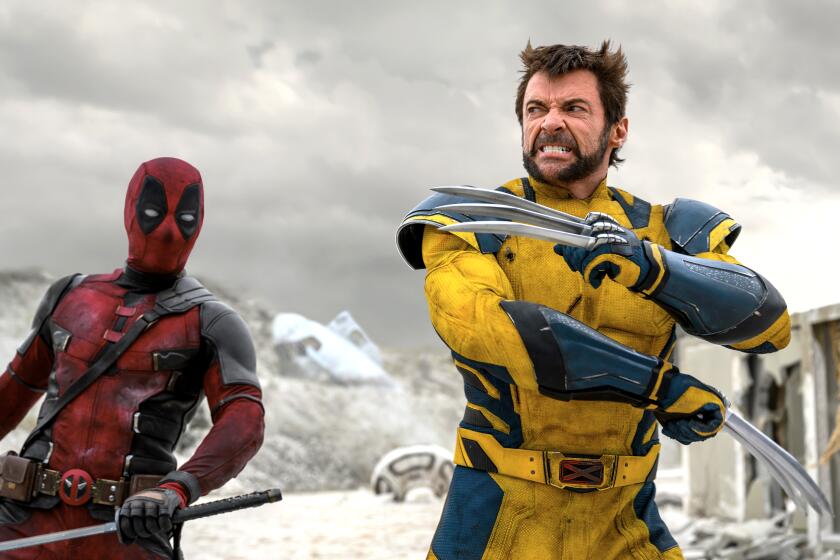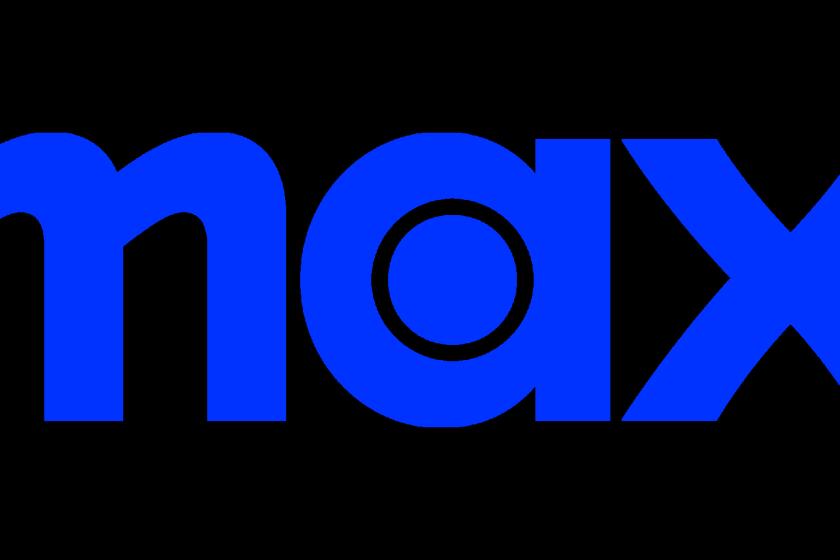What the new Tiana’s Bayou Adventure ride means for Disneyland

- Share via
As people wind through the queue of the new Tiana’s Bayou Adventure ride, they’re greeted by a chalkboard message left by the princess.
“Don’t forget! Celebration at my house tonight! Everybody’s welcome!”
That message shows up again, both in signage and song, throughout the ride, which replaced Splash Mountain at Anaheim’s Disneyland Resort and is inspired by the 2009 film “The Princess and the Frog,” which features Disney’s first Black princess.
The ride represents a new chapter for Walt Disney Co., as the Burbank media and entertainment giant looks to increase investment in its lucrative parks business, fend off new theme park rivals and project a more inclusive message to attendees.
“We wanted to give that feeling for everyone coming off of [the ride], we are better together,” said Josef Lemoine, senior story editor at Walt Disney Imagineering. “The story as a whole, it’s all about getting everybody together and also to find those individuals who might be overlooked.”
Propelled by a strong box office performance by “Deadpool & Wolverine” and profits in streaming, Walt Disney Co. reported strong fourth-quarter results.
For the record:
12:15 p.m. Nov. 15, 2024An earlier version of this article misstated the title of the 1946 Disney movie “Song of the South.”
The ride, which opens to the public Friday, has been five years in the making. In 2020, Disney said it would remove references to the racist 1946 film “Song of the South” from Splash Mountain, amid the nationwide protests following the murder of George Floyd.
Company officials said work on the Tiana concept actually began in 2019.
“Then the world changed,” said Carmen Smith, a senior vice president who heads inclusion strategies for Disney Imagineering, referring to both the Floyd killing and the COVID-19 pandemic. “Life kind of lets you know when it’s time for something to give birth to a concept, and it was without hesitation that leadership came together and said, ‘You’ve been working on it, you’ve got a good idea. Let’s move forward on this.’”
The ride continues the story of “The Princess and the Frog” and focuses on a party Tiana is throwing for family and friends in New Orleans, where the movie is set.
Riders journey through the bayou in search of the perfect band to perform before plunging down the attraction’s signature 50-foot drop. (In addition to the ride, Disney recently added two nearby stores that sell “Princess and the Frog” merchandise, created a Tiana-themed restaurant and re-themed the area around the ride as “Bayou Country.”)
The revamped ride follows other changes to offensive tropes in Disney attractions.
In 2017, Disney removed the bridal auction scene from the Pirates of the Caribbean ride and changed one of the women formerly being auctioned into a pirate leader. In 2021, the company eliminated “negative depictions of native people” from the Jungle Cruise ride, including racist scenes of people waving spears.
This summer, Disney said it would update Peter Pan’s Flight, one of the theme park’s original attractions, to remove a scene involving caricatures of Native Americans.
Updating the rides’ objectionable elements is challenging, but the company is “doing it sensitively and making sure that we keep things relevant,” said Kim Irvine, executive creative director for Disney Imagineering.
Adding popular intellectual property such as “The Princess and the Frog” to a ride fits with Disney’s virtuous cycle strategy of using its film and TV characters to drive attendance to the parks, merchandise sales and vice versa, said Gavin Doyle, founder of MickeyVisit.com, an independent trip-planning website focused on Disney and Universal theme parks.
“It’s more reinforcing,” said Doyle, who is also a small shareholder in Disney. “Having a known princess on the ride is better than unknown characters.”
The animated film received mostly positive reviews when it came out and was a modest box office success, grossing $267 million worldwide.
Changes to the theme parks are also part of Disney’s business strategy to keep its main economic engine humming. The company’s so-called experiences division, which consists of its theme parks, cruise line, luxury travel experiences and merchandise, contributed nearly 60% of Disney’s operating income this fiscal year.
Disney has promised to invest $60 billion over 10 years in the experiences division, highlighting its importance for future performance. At Disneyland Resort, that will mean a cash infusion of at least $1.9 billion into an expanded footprint with additional attractions, shopping, dining and entertainment options.
That’s important as the company prepares to face a new rival in Florida, when Universal opens its Epic Universe theme park in May in Orlando, Fla. Analysts have been carefully watching Disney’s theme park finances in anticipation of the new arrival.
Even with the new competition, Disney said it expects to see 6% to 8% growth in operating income next year in its experiences division.
During the company’s fiscal fourth-quarter earnings call Thursday, Chief Financial Officer Hugh Johnston said that early bookings for next summer were “positive” and that other theme parks and attractions opening up in Florida had “generally been beneficial to us.”
Adding rides like Tiana’s Bayou Adventure, which is also open in Orlando, helps Disney keep up with the competition, said Andi Stein, a communications professor at Cal State Fullerton who wrote a book about the Disney brand.
“Competition is a big part of the success of theme parks ... making sure that you have the latest and greatest attraction before your competitor does,” she said. “And Disney wants to stay at the forefront of the theme park market, both in California and in Florida.”
More to Read
Inside the business of entertainment
The Wide Shot brings you news, analysis and insights on everything from streaming wars to production — and what it all means for the future.
You may occasionally receive promotional content from the Los Angeles Times.












